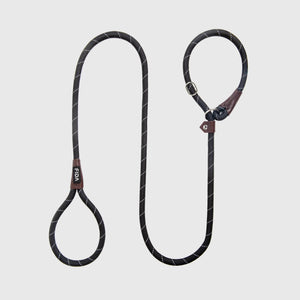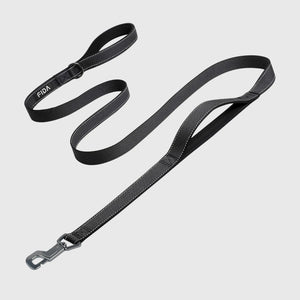
From Puppy to Pro: How to Transition Your Dog’s Walking Gear as They Grow
Every Dog’s Walk Evolves — and So Should Their Gear
Bringing a puppy home is pure joy — the wiggly excitement, the first walks, the tiny harness that seems to swallow them whole. But just like kids, dogs grow fast, and the gear that fits them perfectly at 12 weeks might be uncomfortable or unsafe six months later.
The secret to stress-free walks isn’t just training — it’s matching the right leash, harness, and walking routine to your dog’s stage of life. Let’s walk through each phase together and explore how your setup should evolve as your dog does.
Puppy Stage: Learning the Basics (8 weeks – 6 months)
What’s happening:
Puppies are curious explorers with short attention spans. At this stage, their bodies are growing quickly, and their bones and joints are still delicate.
Best gear:
A lightweight, adjustable harness with soft padding is ideal. Avoid heavy clips or stiff materials — puppies need comfort and flexibility. Look for adjustable straps that can expand as they grow, so you’re not replacing gear every few weeks.
Leash tips:
Start with a 4–6 ft leash to keep your pup close and focused. A retractable leash can wait until later — right now, consistency and safety matter more than freedom.
Pro tip:
Introduce short, positive walks in quiet areas. Use treats and calm praise, and always let your puppy sniff — it’s how they “read the news” of the world.
Adolescent Stage: The Wild Teen (6 months – 2 years)
What’s happening:
Your once-sweet puppy now has opinions — and energy to spare. This is the stage where leash pulling, lunging, and selective hearing often appear.
Best gear:
This is where a no-pull harness or an auto-brake retractable leash can help you stay in control without resorting to force. A front-clip harness gives you gentle steering, while a durable leash with a smooth braking system can prevent sudden jerks that strain your wrist or your dog’s neck.
Leash tips:
Consistency is key. Practice “stop and go” walks — every time your dog pulls, stop moving. When they return to your side, start again. It’s slow, but it works.
Pro tip:
Channel your dog’s energy with structured walks or light jogging once your vet approves. They crave movement — you just need to guide it.
Adult Stage: Confident and Conditioned (2 – 7 years)
What’s happening:
By now, your dog knows the routine — walks are a daily rhythm, not a battle. This is the time to refine comfort, not control.
Best gear:
A sturdy, retractable leash with a soft-grip handle gives your dog a healthy balance of structure and freedom. For active breeds, reflective materials and breathable harness fabrics are great upgrades, especially if you walk at night or in warm weather.
Leash tips:
Vary your routes to keep things interesting. Dogs thrive on mental stimulation, and new scents are their version of podcasts.
Pro tip:
Check your dog’s harness every few months — even adults can change shape slightly with activity level, diet, or season. The right fit should allow two fingers under each strap, snug but not tight.
Senior Stage: Slowing Down Gracefully (7+ years)
What’s happening:
Older dogs may not have the stamina they once did, and arthritis or vision loss can make walks more challenging. But walking remains vital for their health — physically and emotionally.
Best gear:
Look for lightweight, easy-to-grab leashes and padded harnesses that distribute pressure gently. A top handle on the harness can help you assist your dog over curbs or stairs.
Leash tips:
Short, frequent walks are better than long ones. Avoid slick surfaces, and stick to consistent routes your dog knows well — familiarity builds confidence.
Pro tip:
Keep an eye on how your dog moves. If they slow down, pant heavily, or resist walking, it’s time to rest. Comfort and companionship matter more than distance.
Measuring for the Perfect Fit
A good fit is about more than size — it’s about safety. Here’s a quick guide:
-
Neck: Measure just above the shoulders, where a collar would sit.
-
Chest: Wrap the tape around the widest part, just behind the front legs.
-
Fit test: You should be able to slip two fingers under any strap — snug, not tight.
Adjust as needed every few months, especially if your dog is still growing or changing weight.
Why It All Matters
The right walking gear grows with your dog, not against them. It prevents chafing, reduces stress, and helps both of you enjoy the rhythm of everyday walks.
That’s why brands like FIDA design adjustable harnesses and long-lasting leashes — not just for convenience, but for sustainability. One well-made, adaptable product means less waste and more comfort through every stage of your dog’s life.
Because the walk isn’t just about exercise. It’s about trust, connection, and the joy of growing together — one step at a time.


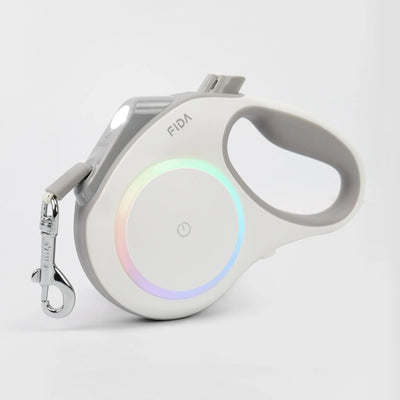
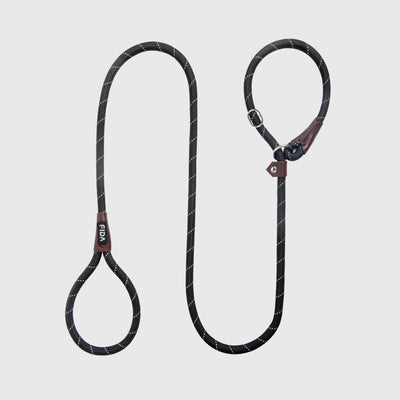

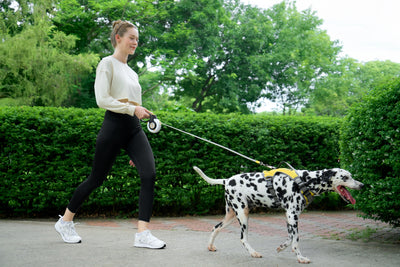
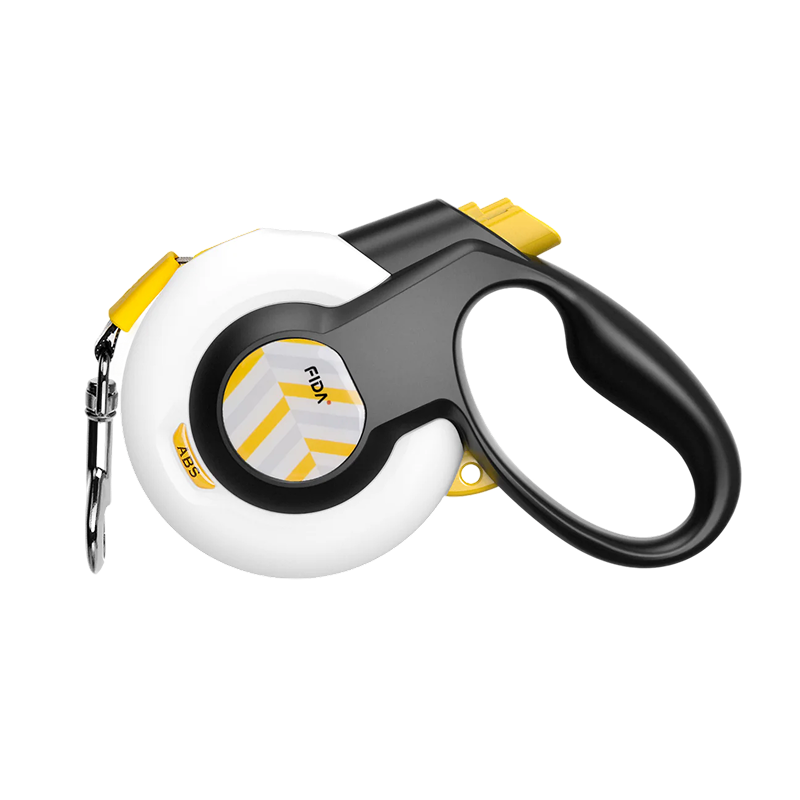 Retractable Leashes
Retractable Leashes
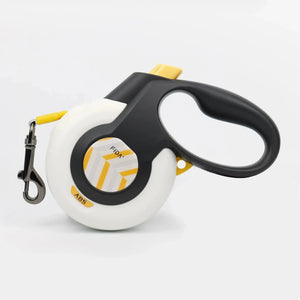

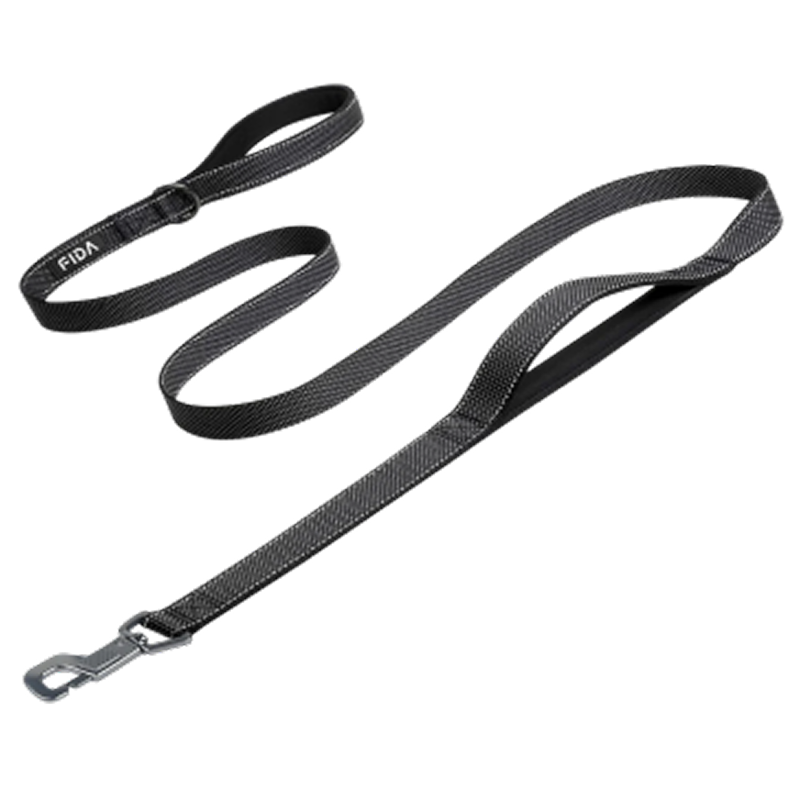 Non-Retractable Leashes
Non-Retractable Leashes
